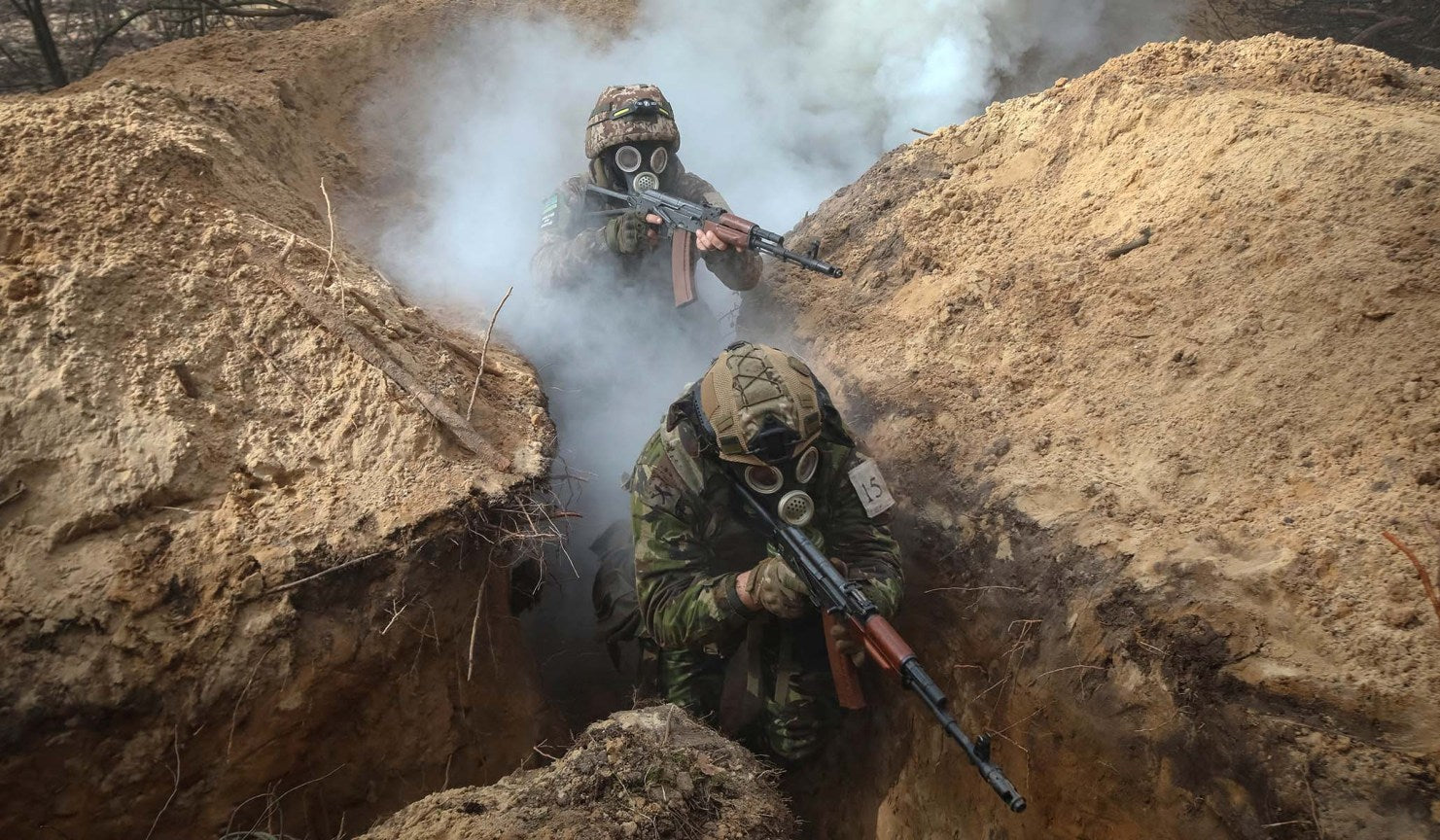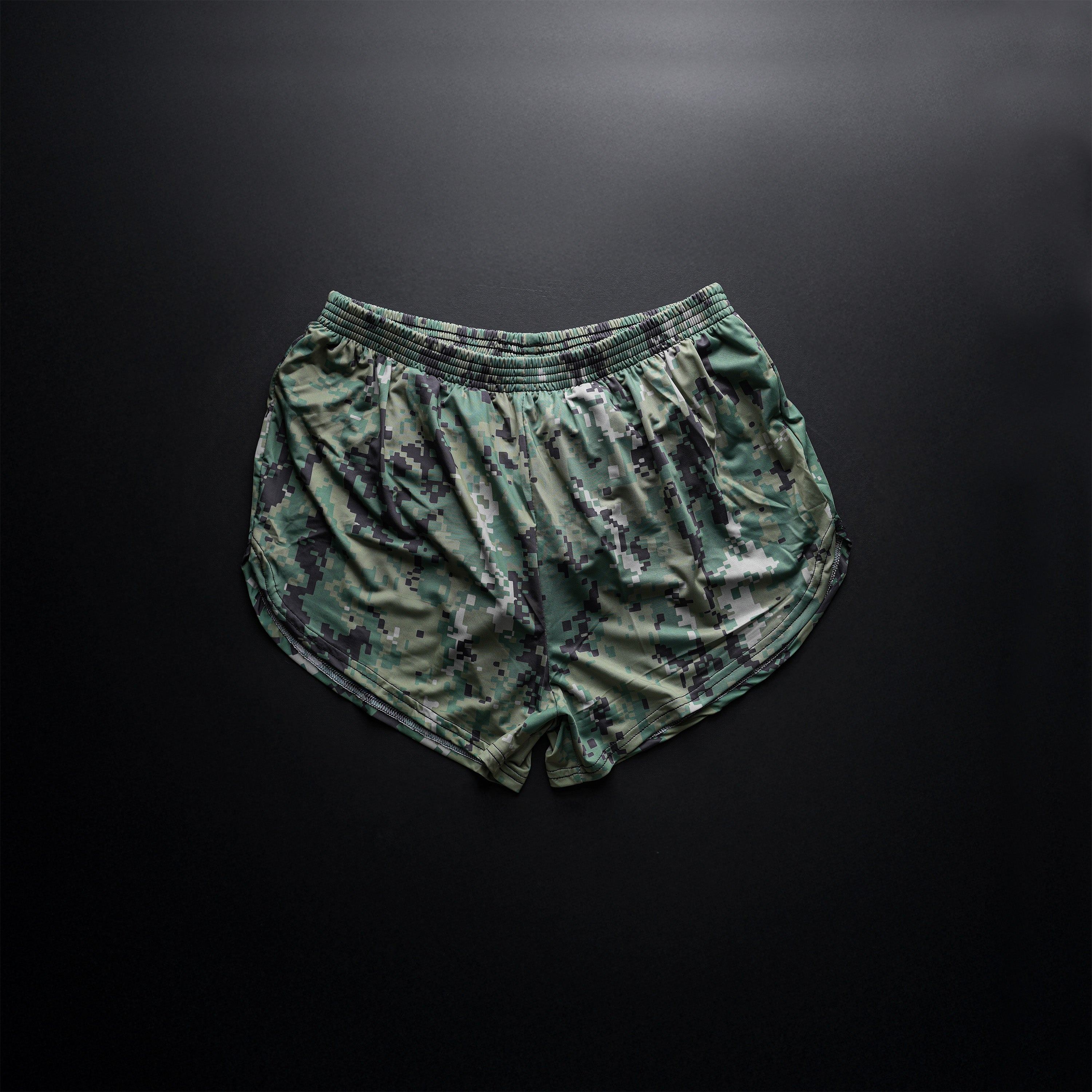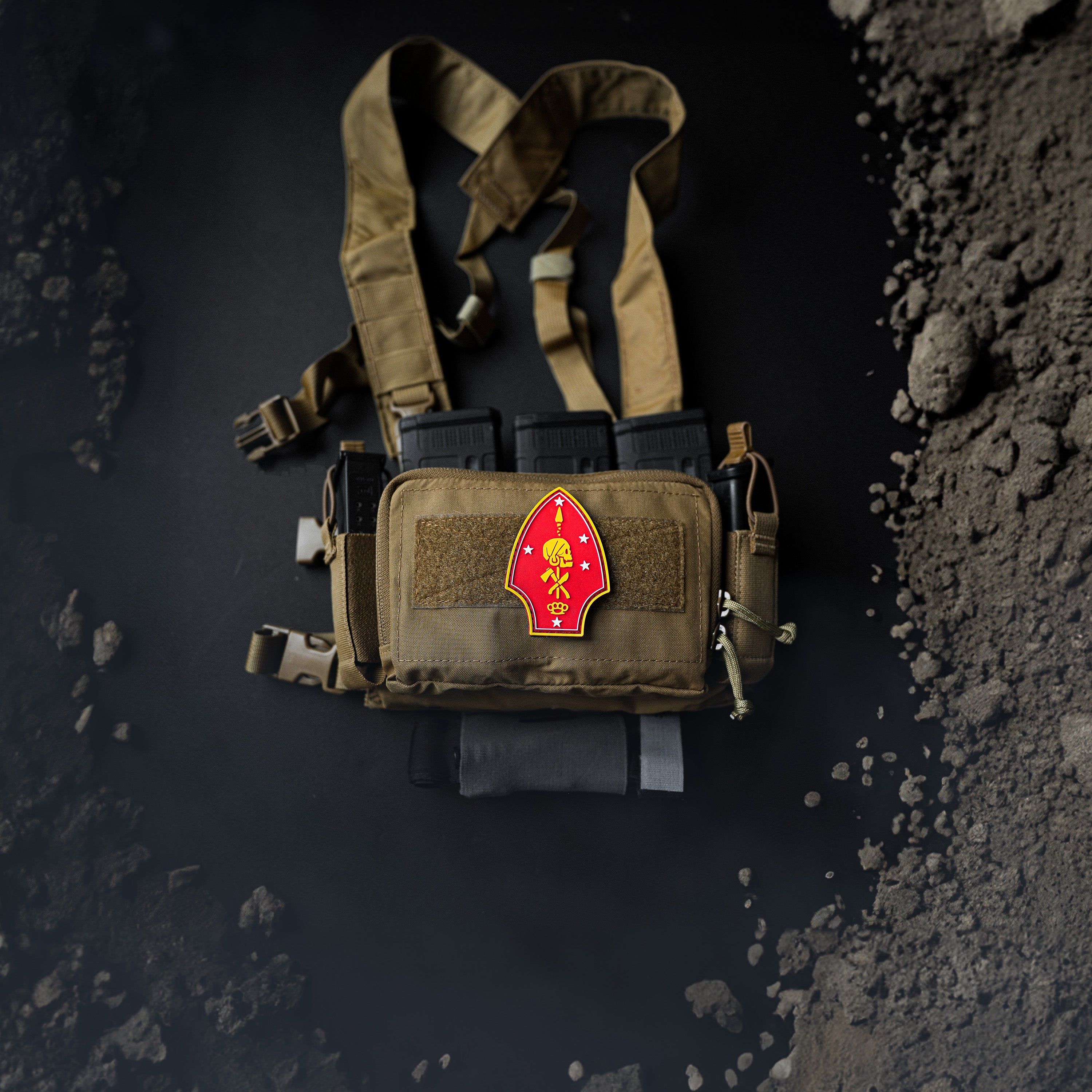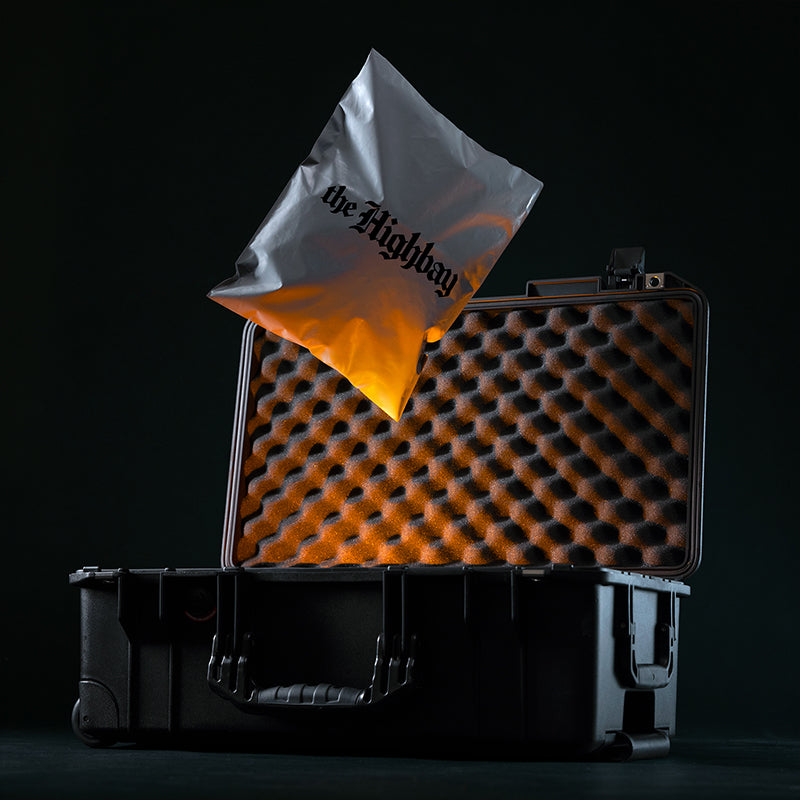
China unveils naval variant of Z-20 helicopter at Zhuhai air show
PHOTO CAPTION: Illustrative photo via Army Recognition
By Greg Torode
HONG KONG (Reuters) - With sleek looks mirroring the U.S. UH-60 Black Hawk, the Chinese military's advanced Z-20 helicopter packs a punch but may make its biggest impact at sea, analysts said as it was displayed at China's biggest air show in Zhuhai on Tuesday.
The Z-20's potential at sea to plug gaps in the Chinese navy's ability to protect itself from submarines is attracting scrutiny from regional defence attaches and security scholars charting its evolution after a decade of development.
State media recently highlighted the first armed assault version of the helicopter, and on Tuesday the military showcased the Z-20J armed naval variant - a key step towards a full-blown anti-submarine platform, the Z-20F.
Although China is fielding ever-more advanced warships as part of its long-term military modernisation, it struggles to shield them, including its emerging aircraft carrier fleet, from undersea attacks - a capability already finely honed by many of its rivals.
Pentagon reports and Western analysts have long noted that weaknesses in the People's Liberation Army Navy's (PLAN) anti-submarine capabilities could hurt longer-range naval deployments in a conflict.
The Pentagon's latest public report on China's military modernisation, released in October 2023, noted a naval version of the Z-20 was under development.
"The Z-20F is similar to the U.S. Navy's SH-60 and will provide significant improvements in ASW (anti-submarine warfare) capabilities over the smaller... helicopters the PLAN currently operates," the Pentagon report said.
Singapore-based security scholar Collin Koh said the navy's Z-8 and Z-9 helicopters were too heavy and too light, respectively, limiting the kind of ships they can operate from, their range and payloads of sensors and weapons.
They are also based on 1980s European designs obtained before defence technology sanctions took effect against Beijing after the 1989 Tiananmen crackdown.
"The Z-20 is therefore the answer," said Koh, of the S. Rajaratnam School of International Studies.
He said he expected the Z-20 to soon become the standard naval and anti-submarine helicopter, given its ability to land on ships ranging from corvettes and destroyers to aircraft carriers.
The Taiwan navy's academic publication, Navy Professional Journal, in December 2022 published a lengthy piece on the development of China's anti-submarine helicopters, noting some of the Z-20F's capabilities exceeded that of the U.S. MH-60R, made by Sikorsky Aircraft, a unit of Lockheed Martin.
"The entry into service of the Z-20F will effectively extend the operational distance for antisubmarine combat for destroyers and corvettes," it said, adding it would be double the range of the existing fleet.
Modern anti-submarine tactics involved helicopters operating far from their host ships, hunting and tracking enemy vessels with various sensors, coordinating with ships and other aircraft. Most also carry lightweight weapons, such as depth charges and torpedoes, but generally other platforms are used to attack submarines.
Tuesday's display followed state media reports in May that Z-20 now had an assault capability and said anti-submarine versions were being developed. No date was given.
In its latest annual assessment of international military deployments, the London-based International Institute for Strategic Studies notes that China has so far fielded 15 Z-20 helicopters for search and rescue work.
(Reporting by Greg Torode in Hong Kong; Additional reporting by Ben Blanchard in Taipei; Editing by Jamie Freed)










